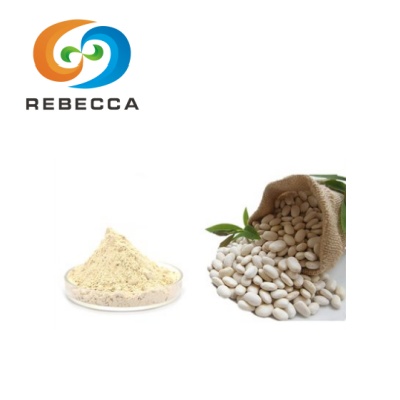Dihydrocapsaicin VS Capsaicin
When exploring the world of hot peppers and their bioactive compounds, two names frequently emerge in scientific literature: capsaicin and dihydrocapsaicin. These closely related molecules are responsible for the characteristic heat sensation experienced when consuming chili peppers. However, despite their similarities, they possess distinct characteristics that impact their properties and applications across various industries. The growing interest in synthetic capsaicin production has further highlighted the importance of understanding these differences.
Both compounds belong to the capsaicinoid family, naturally occurring in Capsicum plants. Capsaicin typically represents 69-70% of the total capsaicinoids in peppers, while dihydrocapsaicin accounts for approximately 22-25%. Together, they contribute to approximately 90% of the pungency in most hot peppers. This article examines the critical differences between these compounds, focusing on their chemical structure, synthesis methods, and practical applications.
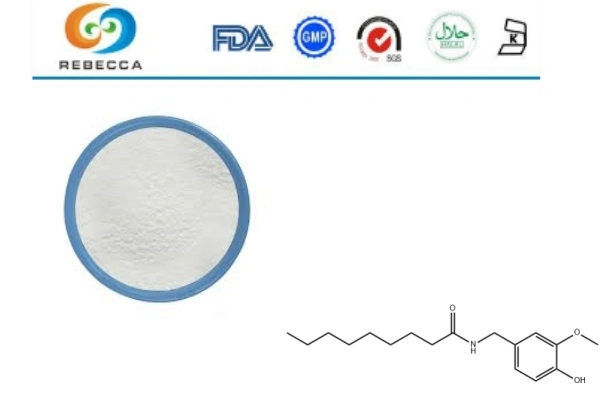
Chemical Structure
Capsaicin and dihydrocapsaicin share remarkably similar molecular structures, which explains their related biological activities. However, the subtle differences in their chemical composition contribute to their distinct properties. Capsaicin (8-methyl-N-vanillyl-6-nonenamide) has the molecular formula C18H27NO3, while dihydrocapsaicin (8-methyl-N-vanillyl-nonanamide) has the formula C18H29NO3.
The primary structural distinction between these compounds lies in their hydrocarbon tails. Capsaicin features a carbon-carbon double bond (C=C) in its acyl chain, creating an unsaturated bond between carbons 6 and 7 of the alkyl side chain. In contrast, dihydrocapsaicin contains only single carbon-carbon bonds in its alkyl chain, making it fully saturated. This single structural difference, just two hydrogen atoms, significantly influences their physical properties and biological interactions.
Due to this structural variation, capsaicin displays slightly different solubility characteristics compared to dihydrocapsaicin. The presence of the double bond in capsaicin makes it marginally more polar than its saturated counterpart. Consequently, capsaicin exhibits slightly improved water solubility, though both compounds remain predominantly lipophilic (fat-soluble). This lipophilicity enables them to penetrate cell membranes effectively, which partly explains their biological activity.
Additionally, the unsaturated bond in capsaicin creates a slight bend in its molecular structure, affecting how it interacts with biological receptors. This structural nuance contributes to capsaicin's marginally higher potency in certain biological assays compared to dihydrocapsaicin, though both compounds activate the same pain receptors (TRPV1 channels) responsible for the sensation of heat.
The melting points of these compounds also differ: capsaicin melts at approximately 62-65°C, while dihydrocapsaicin has a slightly higher melting point of 65-68°C, reflecting the increased stability provided by its fully saturated structure. These structural characteristics significantly influence their behavior during extraction, purification, and formulation processes.
Synthesis And Preparation
The synthesis and preparation of capsaicin and dihydrocapsaicin can follow both natural extraction methods and synthetic pathways. Each approach presents unique advantages and challenges, particularly when considering industrial-scale production and standardization requirements.
Natural extraction traditionally involves isolating these compounds from Capsicum fruits using organic solvents such as methanol, ethanol, or acetone. After extraction, multiple purification steps, including chromatographic techniques, are employed to separate individual capsaicinoids. This process yields a natural capsaicinoid mixture with variable composition depending on the pepper variety, growing conditions, and extraction methodology. While natural extraction provides a complex blend of capsaicinoids that may offer synergistic effects, it presents challenges in achieving consistent purity and standardization.
Synthetic capsaicin production has gained significant traction due to these limitations of natural extraction. The chemical synthesis of both capsaicin and dihydrocapsaicin follows similar pathways but diverges in the preparation of the fatty acid portion. Both syntheses typically start with vanillylamine (the aromatic portion) and proceed through amide coupling with the appropriate fatty acid chain.
For capsaicin synthesis, chemists employ 8-methylnon-6-enoic acid to provide the unsaturated side chain, while dihydrocapsaicin synthesis utilizes 8-methylnonanoic acid for the saturated counterpart. The key difference lies in the presence or absence of the carbon-carbon double bond in these acyl components. Various coupling agents such as thionyl chloride, carbodiimides (DCC, EDC), or modern coupling reagents like HATU can facilitate the amide bond formation between the vanillylamine and the respective acid.
Synthetic capsaicin production offers several advantages over natural extraction. It delivers precisely controlled molecular structures with consistent quality and purity exceeding 98%. This standardization is crucial for pharmaceutical and clinical applications where dosage precision is paramount. Additionally, synthetic pathways can be optimized for improved yield and cost-effectiveness, making large-scale production economically viable.
Interestingly, the synthesis of dihydrocapsaicin can also be achieved through the hydrogenation of capsaicin, converting the double bond in the acyl chain to a single bond. This transformation is typically accomplished using hydrogen gas in the presence of catalysts such as palladium on carbon or platinum oxide. Conversely, dehydrogenation of dihydrocapsaicin to produce capsaicin requires more complex oxidation conditions and typically results in lower yields, making it less common in industrial applications.
Recent advances in synthetic chemistry have introduced environmentally friendly approaches for capsaicinoid synthesis. Green chemistry principles, including the use of biocatalysts, microwave-assisted synthesis, and solvent-free conditions, are being explored to reduce environmental impact while maintaining high-quality standards for synthetic capsaicin production.

Application Differences
While capsaicin and dihydrocapsaicin share many applications due to their similar biological activities, their subtle structural differences translate to notable variations in their practical uses across pharmaceutical, agricultural, and food industries.
In pharmaceutical applications, capsaicin has historically received more attention and clinical validation. Its slightly higher polarity compared to dihydrocapsaicin contributes to marginally better absorption profiles in certain topical formulations. Capsaicin is the predominant active ingredient in numerous FDA-approved topical analgesics for managing neuropathic pain conditions, post-herpetic neuralgia, and osteoarthritis. The prescription-strength patch, containing 8% synthetic capsaicin, exemplifies the pharmaceutical industry's preference for capsaicin in high-concentration medical applications.
Dihydrocapsaicin, while less studied clinically, has demonstrated promising results in certain specialized applications. Recent research suggests that dihydrocapsaicin may offer superior thermogenic effects (calorie-burning properties) compared to capsaicin, making it potentially more valuable for weight management formulations. Additionally, some studies indicate that dihydrocapsaicin exhibits enhanced stability during prolonged storage and exposure to certain environmental conditions, owing to its fully saturated structure that resists oxidative degradation.
In food applications, synthetic capsaicin provides consistency that natural extracts cannot match. Food manufacturers value this predictability when formulating spicy products with precise heat levels. The absence of agricultural contaminants in synthetic capsaicin also offers safety advantages for food applications. While both compounds contribute to pungency, capsaicin produces a slightly sharper, more immediate heat sensation, whereas dihydrocapsaicin creates a more sustained, slower-building heat profile. This distinction allows food scientists to engineer specific sensory experiences by manipulating the ratio of these compounds.
The agricultural sector utilizes both compounds as natural insect repellents and animal deterrents. Interestingly, certain insect species show differential sensitivity to these molecules. For example, some agricultural studies suggest that dihydrocapsaicin exhibits enhanced repellent activity against specific crop pests compared to capsaicin alone. Consequently, agricultural formulations often preserve the natural ratio of both compounds for maximum effectiveness against a broad spectrum of pests.
In cosmetic and personal care products, the choice between these compounds often depends on the desired sensory profile and functional benefits. Capsaicin tends to produce a more immediate warming sensation followed by fairly rapid diminishment, making it suitable for short-duration treatment products. Dihydrocapsaicin's more gradual onset and extended duration of action make it potentially preferable for sustained-release formulations intended for longer-lasting effects.
Research applications represent another area where synthetic capsaicin demonstrates significant advantages. The standardized, high-purity nature of synthetic capsaicin ensures experimental reproducibility, crucial for scientific investigations. When studying specific biological mechanisms, researchers can selectively employ either capsaicin or dihydrocapsaicin to elucidate subtle differences in receptor binding, metabolism, and physiological effects.

Rebecca: Synthetic Capsaicin Manufacturer
Premium Products for Your Research and Product Development Needs
Rebecca is a leading synthetic capsaicin supplier offering pharmaceutical-grade products with unmatched quality and consistency. Our product meets the highest industry standards:
- Specification: ≥98% HPLC
- Scoville Heat Unit: 16,000,000 SHU
- Documentation: COA and MSDS Available
- Sampling: Free Samples Available for Qualified Customers
Whether you're in pharmaceutical research, food product development, or agricultural solutions, our products deliver the precision, purity, and performance your applications demand. Our manufacturing processes ensure batch-to-batch consistency, allowing you to develop reliable products with predictable results.
For more information about our products or to place an order, please contact our technical sales team at information@sxrebecca.com. Our specialists are ready to help you find the perfect solution for your specific requirements.
Reference
Bode AM, Dong Z. The two faces of capsaicin. Cancer Res. 2011;71(8):2809-2814.
Gawande MB, Shelke SN, Zboril R, Varma RS. Microwave-assisted chemistry: synthetic applications for rapid assembly of nanomaterials and organics. Acc Chem Res. 2014;47(4):1338-1348.
O'Neill J, Brock C, Olesen AE, Andresen T, Nilsson M, Dickenson AH. Unravelling the mystery of capsaicin: a tool to understand and treat pain. Pharmacol Rev. 2012;64(4):939-971.
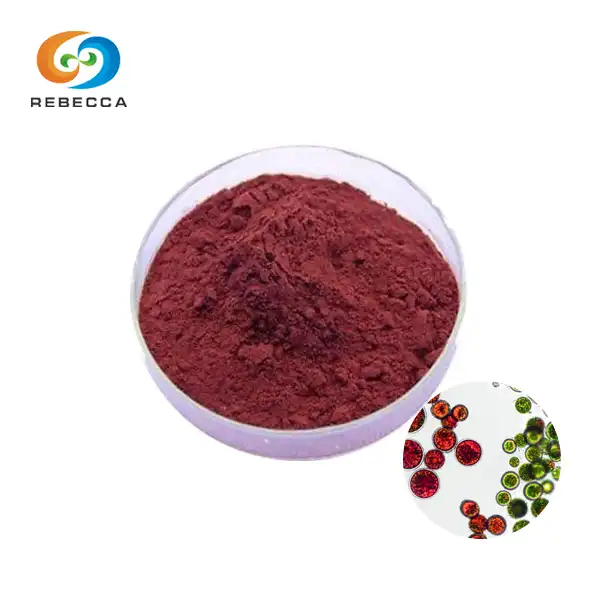
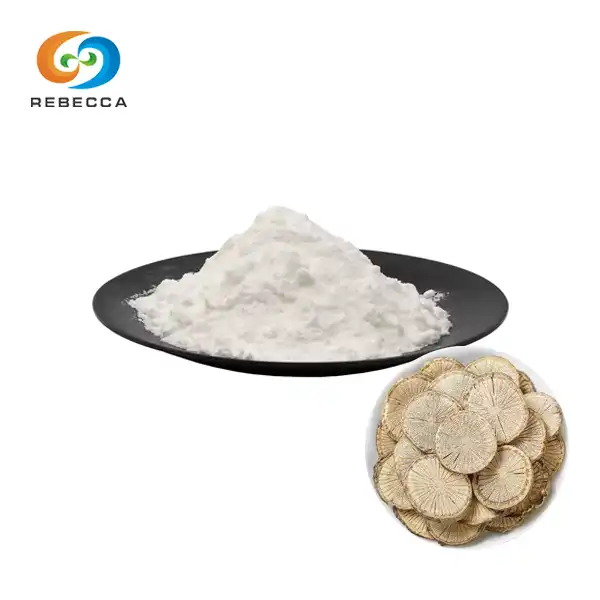
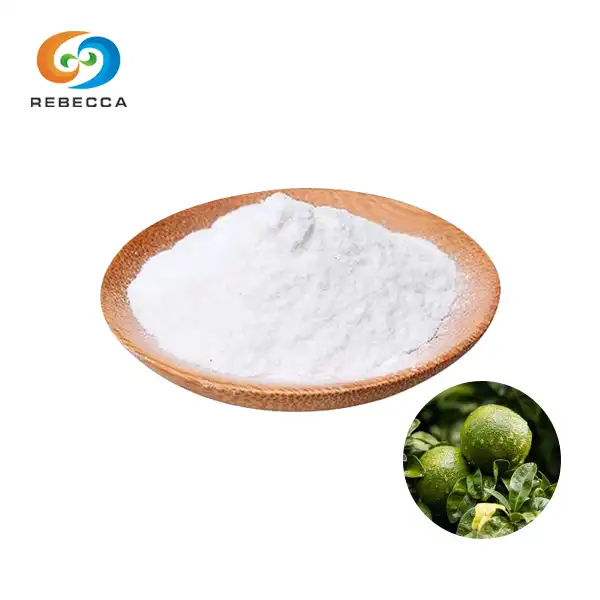
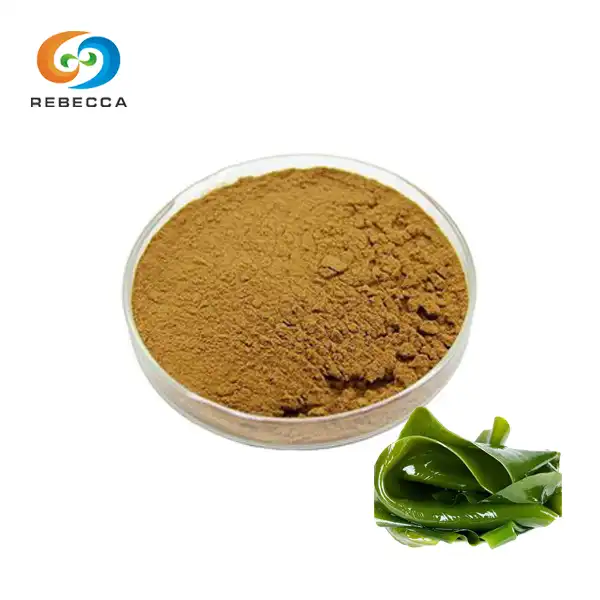
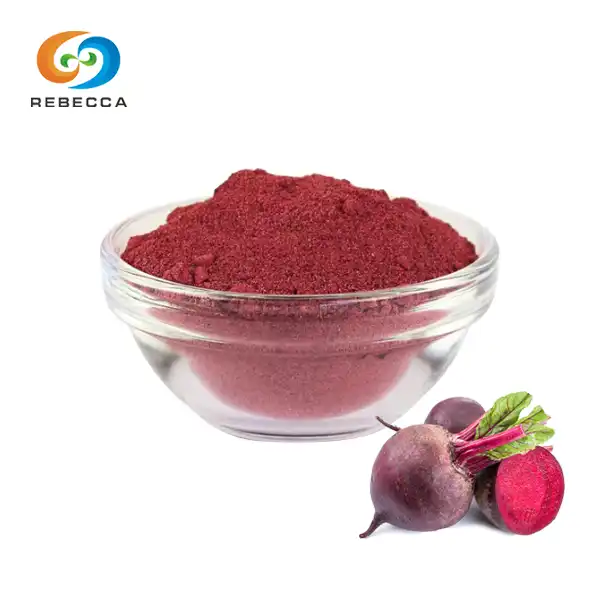
_1730079799361.webp)
